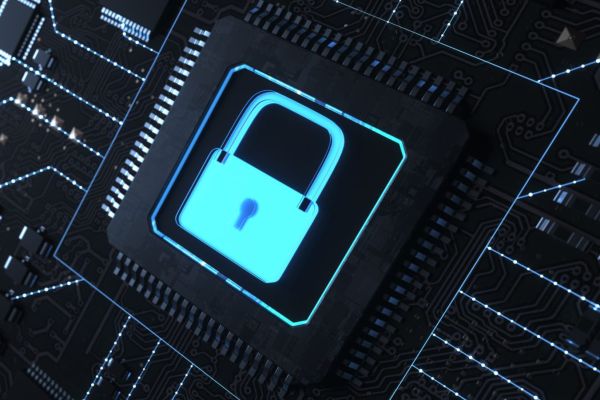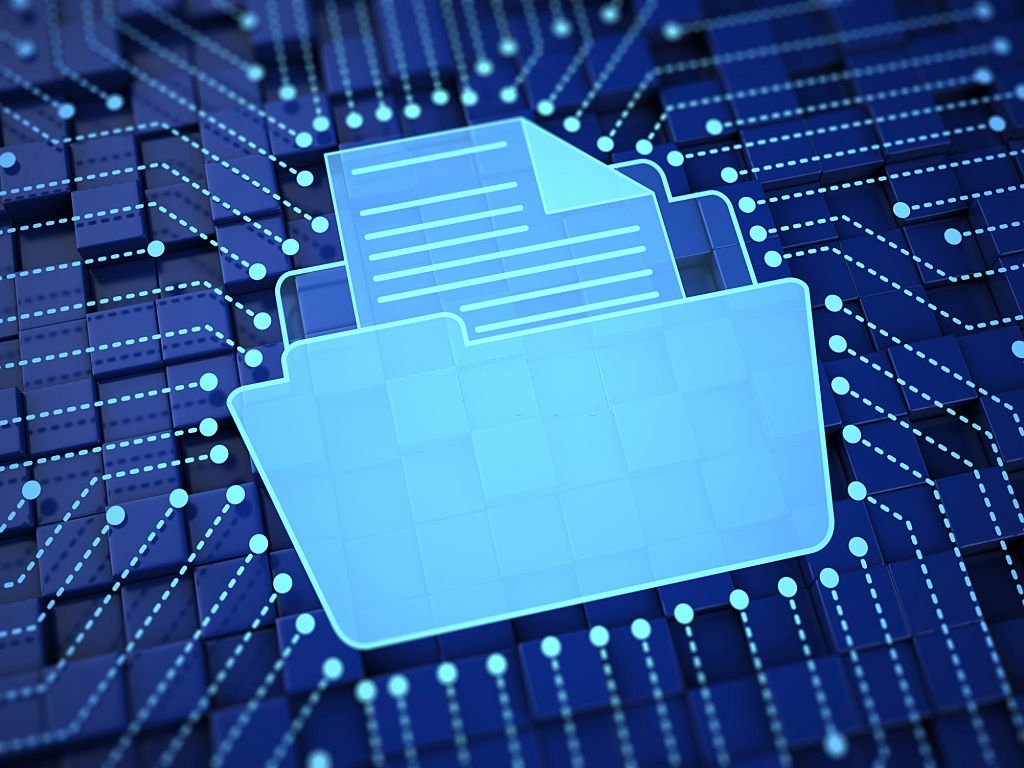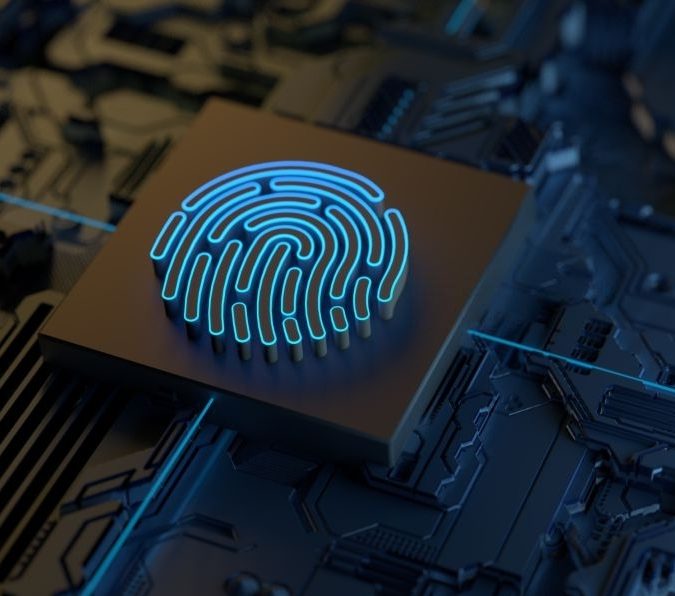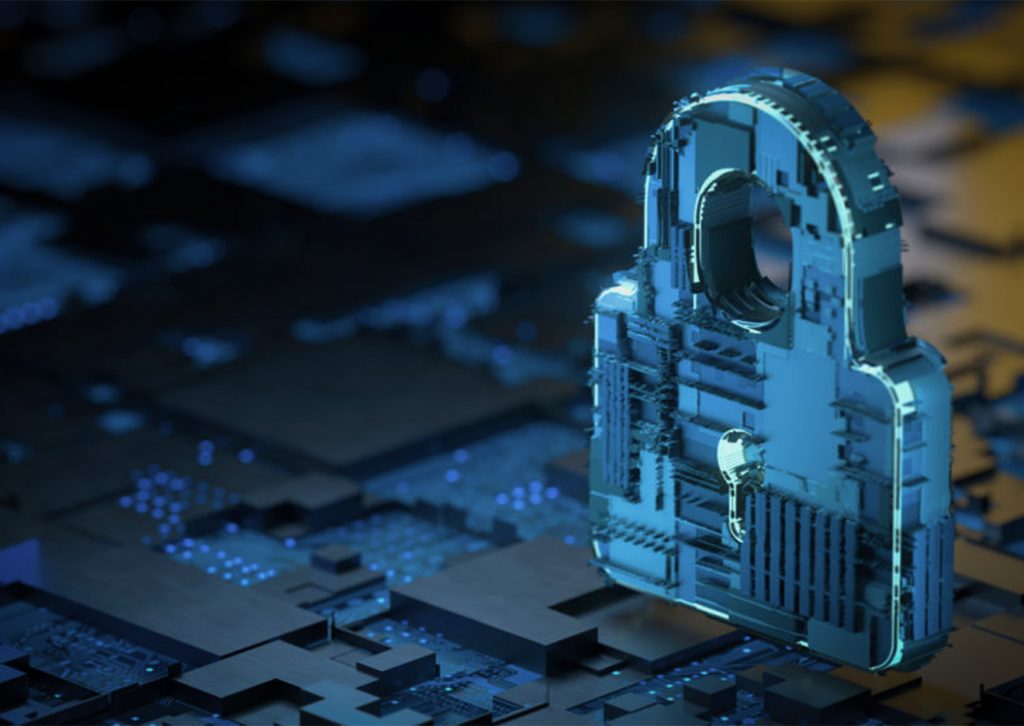
ENDPOINT DETECTION AND RESPONSE (EDR)
Endpoint detection and response (EDR): is a system to gather and analyze security threat-related information from computer workstations and other endpoints, with the goal of finding security breaches as they happen and facilitating a quick response to potential threats. The term “endpoint detection and response” only describes the overall capabilities of a toolset. Therefore, the details and capabilities of an EDR system.
NEXT GENERATION FIREWALL (NGFW)
The Next Generation Firewall (NGFW): filters network traffic to protect the company from internal and external threats. In addition to supporting stateful firewall functions such as packet filtering, IPsec and SSL VPN support, network monitoring, and IP mapping functions. NGFW also provides more comprehensive content inspection functions. These features provide the ability to detect attacks, malware, and other threats, and allow the NGFW to stop these threats.


WEB APPLICATION FIREWALL
A WAF: protects your web applications by filtering, monitoring, and blocking malicious HTTP / S traffic. Enter the web application and prevent unauthorized data from leaving the application. It does this by following a set of guidelines that help determine which traffic is malicious and which traffic is safe. WAFs can be provided in the form of software, a device, or as a service. Policies can be adapted to the requirements of your web application or web application suite. Although many WAFs require you to periodically update policies to address new security vulnerabilities, advances in machine learning allow some WAFs to update automatically. This automation becomes increasingly important as the threat landscape becomes more complex and ambiguous.
EMAIL SECURITY
Email security is a term for describing different procedures and techniques for protecting email accounts, content, and communication against unauthorized access, loss, or compromise. Email is often used to spread malware, spam, and phishing attacks. Email encryption often includes LDAP authentication, preventing, detecting, and responding to email-based threats including spam, phishing, malware, zero-day threats, impersonation, and Business Email Compromise (BEC) attacks.


SECURITY INFORMATION AND EVENT MANAGEMENT (SIEM)
It is a field in computer security where software products and services combine Security Information Management (SIM) and Security Event Management (SEM). Does it provide real-time analysis of the security alerts generated by network hardware and applications?
At the most basic level, a SIEM system can be rules-based or use a statistical correlation engine to establish relationships between event log entries. More advanced SIEM systems have evolved to include user and entity behavior analysis (UEBA), as well as orchestration, automation, and security response.
ENCRYPTION TOOLS
Encryption tools encrypt records or documents by operating with one or extra encryption algorithms. Security employees use it to defend records from being regarded by unauthorized users.
Typically, every records packet or document encrypted through an encryption software program calls for a key to be decrypted to its unique form. This secret is generated through the software program itself and shared among the records/document sender and receiver. Thus, even though the records are extracted or compromised their unique content material cannot be retrieved without the encryption key. File encryption, electronic mail encryption, disk encryption, and community encryption are broadly used forms of encryption software programs.


SANDBOXING
Sandboxes are used to safely execute suspicious code without risking harm to the host device or network. Using a sandbox for advanced malware detection provides another layer of protection against new security threats—zero-day (previously unseen) malware and stealthy attacks.
PHYSICAL SECURITY
Not all attacks on your organization’s data come across the network. companies focus on “iron-clad” network security, but that does not protect them from physical assault or theft of data or equipment.
SELECT Solutions provides a wide range of physical security solutions like access control, fire alarm and fighting, intrusion detection, and sure incident management operation rooms and complete surveillance solutions.

CLients










































































